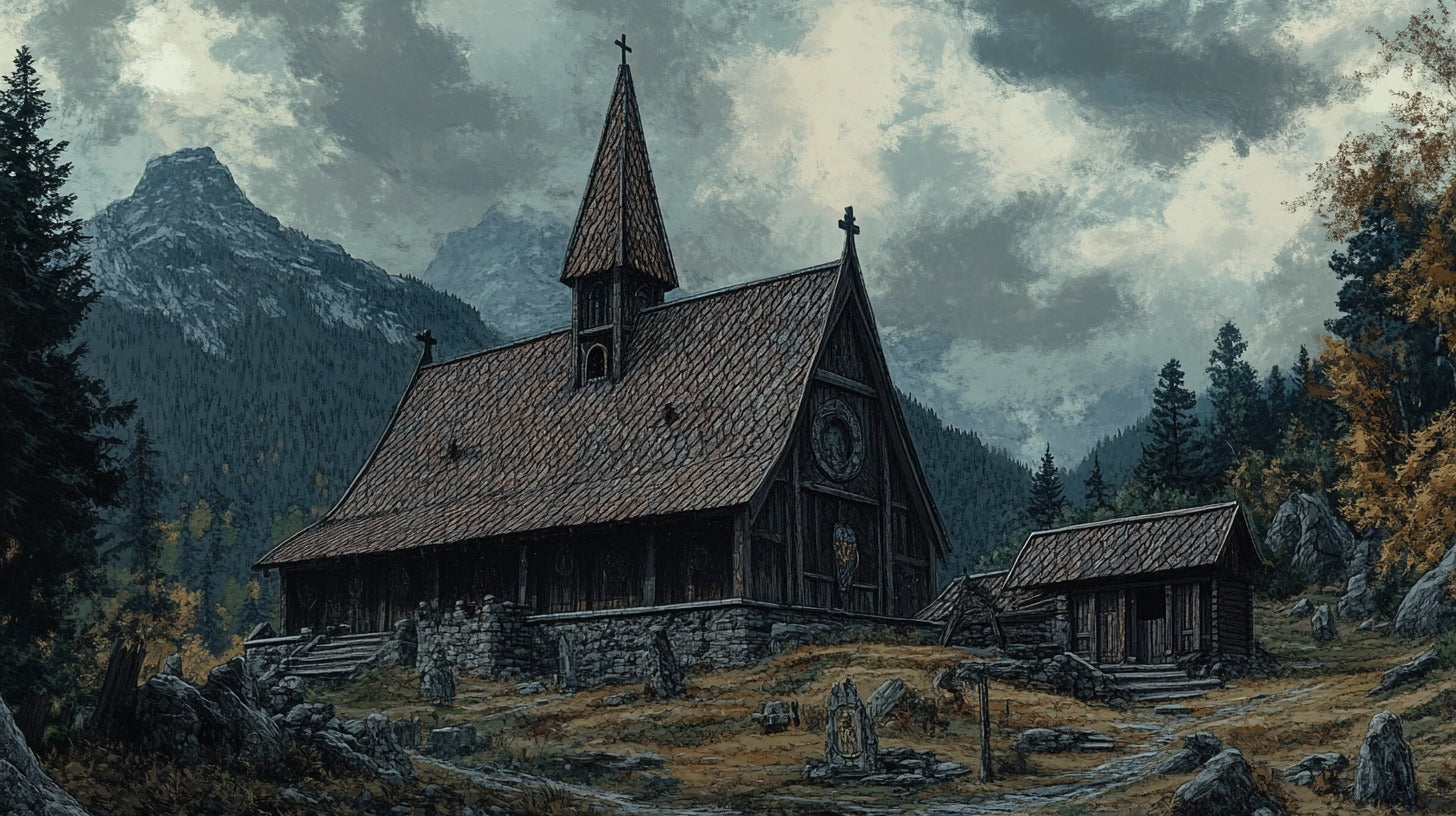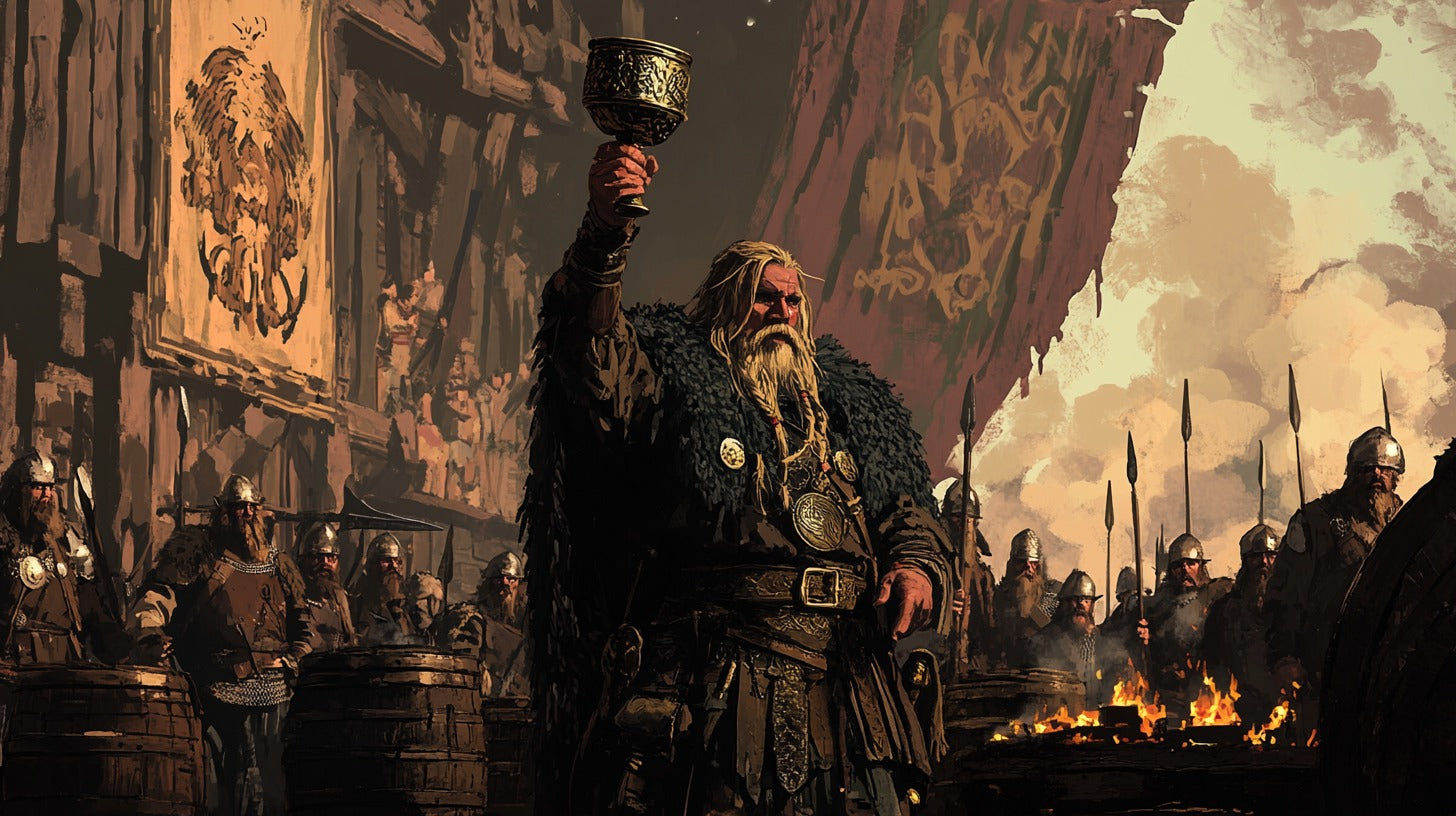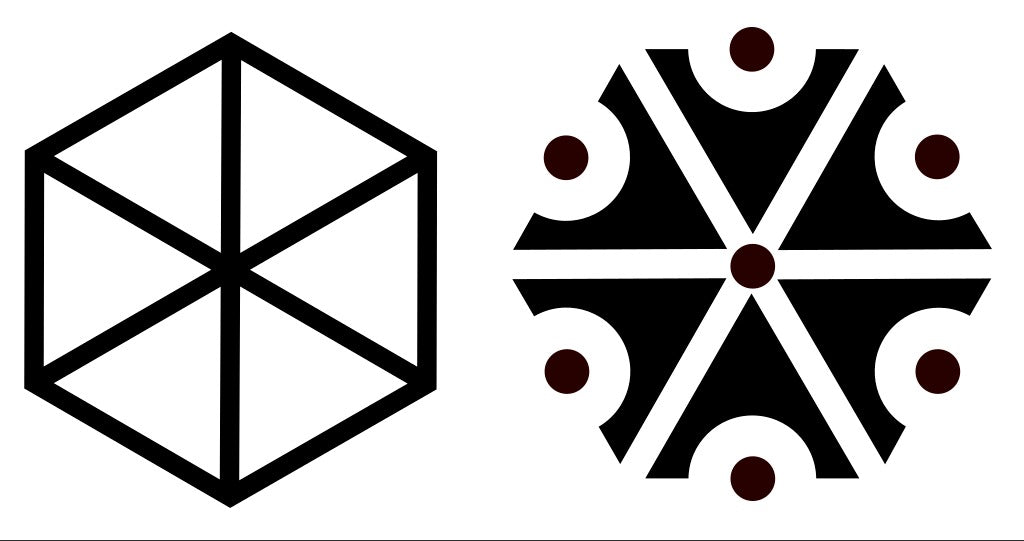
Gromoviti znaci: Ancient Slavic Thunder Marks
Gromoviti znaci, also known as thunder marks or thunder signs, are ancient symbols deeply rooted in South Slavic folklore and mythology. These enigmatic markings, found primarily in the Balkan region, have intrigued historians, archaeologists, and folklorists for generations. This article explores the origins, symbolism, and cultural significance of gromoviti znaci, shedding light on a fascinating aspect of medieval Slavic culture.
Origins and Cultural Context
To understand gromoviti znaci, one must first explore the rich tapestry of Slavic mythology. The concept of thunder and lightning played a crucial role in the pantheon of Slavic gods. Perun, the god of thunder and lightning, was one of the most revered deities in the Slavic pantheon. His counterpart in South Slavic regions was often referred to as Perун or Gromovnik.
Thunder gods held a preeminent position in Indo-European mythologies, including those of the Slavic peoples. The association between these deities and the natural phenomenon of thunder formed the foundation for many religious and cultural practices.
Before the advent of Christianity in the Balkans, which began in earnest around the 9th century CE, the region was steeped in pagan traditions. These beliefs were deeply intertwined with natural phenomena, and thunder, as a powerful and often frightening natural occurrence, held particular significance.
Archaeological evidence suggests that the use of symbols associated with thunder and lightning predates written history in the region. Many pre-Christian religious practices and symbols were incorporated into later Christian traditions, allowing for their preservation over centuries.
Description and Symbolism

Norse Slavic Perun Mjölnir Amulet
Gromoviti znaci typically appear as carved or etched symbols on various surfaces, including stone monuments, wooden structures, and even household items. The most common forms of these thunder marks include crossed lines or X-shapes, wheel-like circular designs, zigzag patterns resembling lightning bolts, and swastika-like symbols (unrelated to 20th-century usage). These marks vary in size and complexity, ranging from simple scratches to elaborate designs covering significant portions of their host objects.
The interpretation of gromoviti znaci has been a subject of scholarly debate. Most researchers agree that these symbols served a protective function, believed to ward off lightning strikes and the destructive power of storms. This apotropaic (evil-averting) purpose aligns with similar practices found in other cultures around the world.
Gromoviti znaci may also have represented a connection between the earthly and divine realms. The symbols might have been seen as conduits for divine power or protection, invoking the aid of thunder gods in times of need.
Historical Usage and Distribution
Gromoviti znaci have been documented across a wide swath of southeastern Europe, with the highest concentration found in Serbia, Bosnia and Herzegovina, Croatia, Montenegro, and North Macedonia. Isolated examples have also been discovered in parts of Bulgaria, Romania, and even as far north as southern Poland. This distribution roughly corresponds to the historical spread of South Slavic peoples and cultures.
The use of thunder marks spans a considerable period, with the earliest confirmed examples dating back to the early medieval period (6th-7th centuries CE). However, some scholars argue that the practice may have much deeper roots, possibly extending into the pre-Slavic period of the Balkans.
The practice of creating and using gromoviti znaci appears to have peaked during the High Middle Ages (11th-13th centuries) and gradually declined with the strengthening of Christian influence in the region. However, remnants of the tradition persisted in rural areas well into the 19th century, often syncretized with Christian symbolism.
Archaeological Evidence
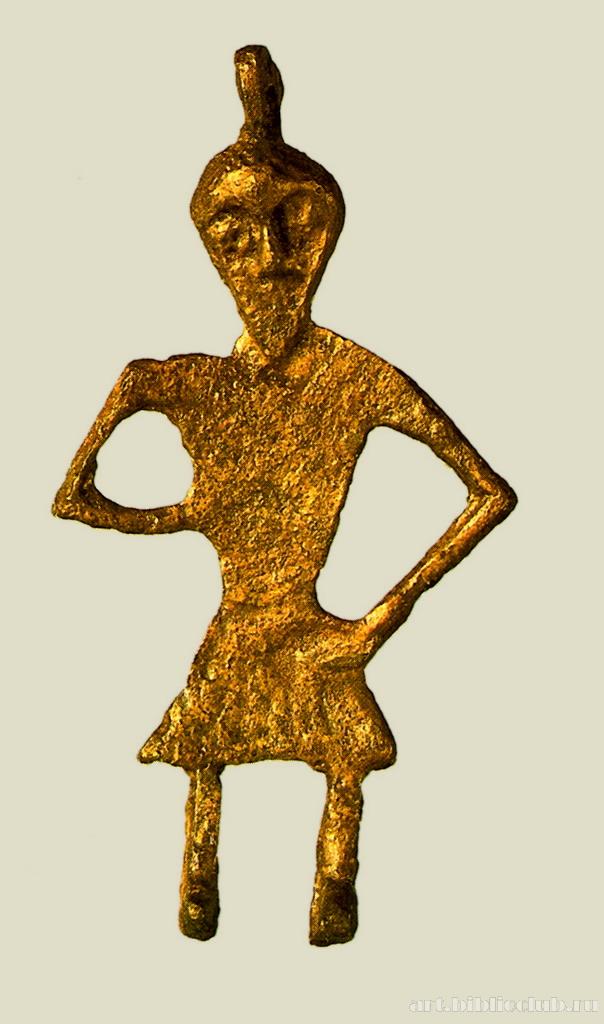
Perun figurine amulet found in Novgorod (Photo: Soviet Archeology CC BY-SA 4.0)
Several significant archaeological finds have contributed to our understanding of gromoviti znaci. The Žrnovnica Stone, discovered near Split, Croatia, in 1891, bears clear thunder mark carvings alongside early Cyrillic inscriptions. Excavations at the medieval Bosnian royal fortress of Bobovac in the 1960s uncovered numerous household items bearing thunder marks, suggesting their widespread use in daily life. The 12th-century Serbian Orthodox monastery of Studenica contains several examples of thunder marks incorporated into its architectural decorations, demonstrating the syncretic nature of medieval Balkan culture.
Despite these discoveries, the study of gromoviti znaci faces several challenges. Many potential thunder marks may have been overlooked or misidentified in earlier excavations due to their often simple or abstract nature. Furthermore, the lack of written records directly explaining the use and meaning of these symbols leaves much open to interpretation. Scholars must rely on comparative analysis with other cultures, folklore studies, and careful examination of archaeological contexts to piece together the puzzle of gromoviti znaci.
Cultural Significance and Legacy
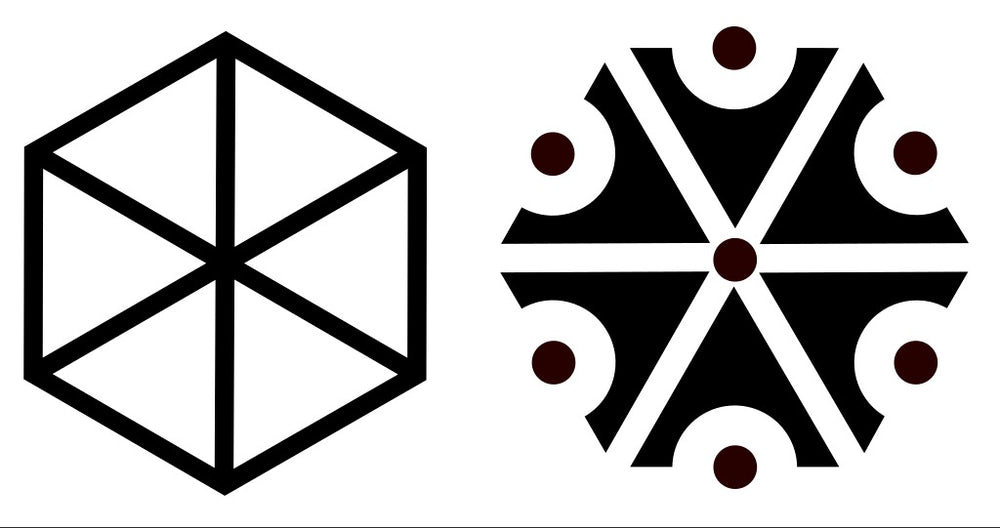
The influence of gromoviti znaci extended beyond their original religious context, becoming deeply embedded in South Slavic folk traditions. Ethnographic studies conducted in the late 19th and early 20th centuries documented numerous customs and beliefs associated with thunder and lightning protection that likely evolved from earlier practices involving thunder marks.
Rural communities in parts of Serbia and Bosnia would carve symbols resembling traditional thunder marks on roof beams and doorways well into the modern era, often without full awareness of their historical significance.
In recent decades, there has been a renewed interest in gromoviti znaci among scholars and the general public alike. This resurgence is part of a broader trend of rediscovering and preserving pre-Christian Slavic cultural heritage.
Several museums in the Balkans, including the National Museum of Serbia in Belgrade and the Museum of Croatian Archaeological Monuments in Split, have dedicated exhibits to thunder marks and related artifacts. These institutions play a crucial role in educating the public about this aspect of their cultural heritage.
Additionally, some contemporary artists and craftspeople have begun incorporating gromoviti znaci into their work, reinterpreting these ancient symbols for a modern audience. While these modern uses often diverge from the original context and meaning of thunder marks, they contribute to keeping this cultural tradition alive in public consciousness.
Conclusion
Gromoviti znaci stand as a testament to the rich and complex spiritual world of medieval South Slavic peoples. These thunder marks offer a window into a time when the lines between the natural and supernatural were blurred, and symbols held power over the forces of nature. From their origins in pre-Christian Slavic religion to their persistence in folk traditions and modern cultural revival, gromoviti znaci exemplify the enduring nature of cultural symbols.
The study of these enigmatic markings continues to challenge and intrigue scholars, pushing the boundaries of our understanding of medieval Slavic society. As archaeological techniques advance and interdisciplinary approaches yield new insights, our comprehension of gromoviti znaci and their place in history will undoubtedly evolve. In this way, these ancient thunder marks continue to resonate through time, connecting us to the beliefs and fears of our ancestors and reminding us of the enduring human need to find meaning and protection in the face of natural forces.
Frequently Asked Questions (FAQs)
- What exactly are gromoviti znaci?
Gromoviti znaci, or thunder marks, are ancient Slavic symbols believed to offer protection against lightning and storms. They typically appear as carved or etched designs on various surfaces and are found primarily in South Slavic regions.
- When were gromoviti znaci first used?
The earliest confirmed examples of gromoviti znaci date back to the early medieval period (6th-7th centuries CE), but some scholars suggest the practice may have even earlier origins.
- Are thunder marks unique to Slavic cultures?
While gromoviti znaci are specific to South Slavic cultures, similar protective symbols associated with thunder and lightning can be found in many cultures worldwide, reflecting a common human response to these natural phenomena.
- Do people still use gromoviti znaci today?
The original religious practice has largely died out, but there is a modern revival of interest in gromoviti znaci as cultural symbols and in artistic representations.
- How can I identify a thunder mark if I see one?
Common forms of gromoviti znaci include crossed lines, wheel-like circular designs, zigzag patterns resembling lightning, and swastika-like symbols. They are often found on old buildings, stone monuments, or traditional crafts from the Balkan region.
References
" Perun Novogrod " by A figurine from Veliky Novgorod XII century by 'Drievnij Novgorod'. Aleshkovsky P.M. - Pagan amulet-pendant from Novgorod // Soviet Archeology. 1980. No. 4, p. 284 is licensed under CC BY-SA 4.0 .
